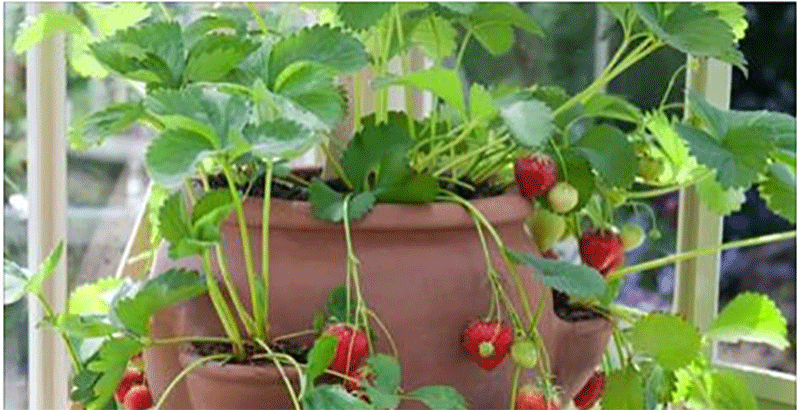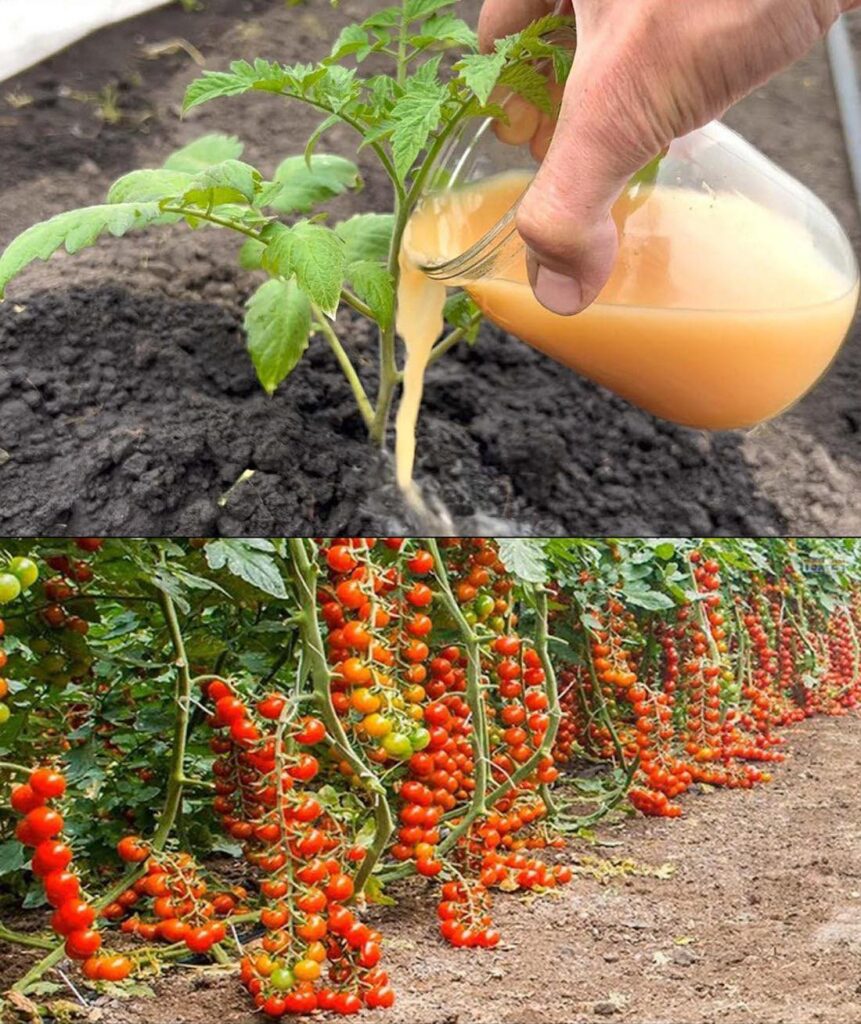If you’re tired of battling coddling moths and want to enjoy worm-free apples without resorting to chemicals, you’re in luck! I’ve discovered a highly effective method to draw these pesky moths away from your precious apple trees. Here’s a step-by-step guide to creating your own moth trap:
Materials you’ll need:
- A clean 1-gallon milk jug
- A sharp knife
- 1 cup of cider vinegar
- 1/3 cup of dark molasses
- 1/2 teaspoon of ammonia
- Enough water to make 1 1/2 quarts of liquid
- A funnel
- A strip of cloth
Instructions:
- Begin by cleaning out a 1-gallon milk jug. To create a hole for the moths to enter, heat the jug by filling it with hot water and shaking it around until the sides become warm. Empty out the water and carefully cut a hole about the size of a small egg just below the shoulder of the jug using a sharp knife.
- In a separate container, mix together the following ingredients: 1 cup of cider vinegar, 1/3 cup of dark molasses, 1/2 teaspoon of ammonia, and enough water to make 1 1/2 quarts of liquid.
- Carefully pour the prepared mixture into the milk jug using a funnel, making sure to replace the cap on the jug securely.
- Once your apple trees have finished blooming, it’s time to set up the moth trap. Tie the jug to a sturdy branch using a strip of cloth, ensuring that the hole faces slightly downward. This positioning prevents rain from entering while allowing moths to access the mixture.
- As the season progresses, you’ll notice that the mixture starts to evaporate. When this happens, simply grab your lawn hose and add more water to the jug.
- Keep the jugs in the tree until the apple harvest is complete. Afterward, you can discard the jugs, but before you do, prepare to be amazed at the number of moths you’ve successfully trapped—though it might be a bit gross!
- For an average-sized tree, consider placing 2-4 jugs in different locations to maximize the effectiveness of the moth trap.
- This tried-and-true recipe isn’t limited to apple trees alone; it’s also known to work well with cherry and pear trees.
- In addition to this method, there are several other natural strategies to manage moths and worms effectively:
- Natural Biological Control Agents: Using nematodes and beneficial fungi can help control worm populations in fruit trees. These agents either attack worms directly or create barriers that prevent infestations.
- Attracting Beneficial Insects and Birds: Encouraging insectivorous birds and beneficial insects in your garden can naturally reduce pest numbers. Providing habitat, food, and water for these natural predators can help manage pests.
- Fruit Tree Traps: Utilizing different types of traps, such as sticky traps and pheromone traps, can effectively reduce pest populations. These traps either capture the pests directly or disrupt their reproductive cycle.
- Pruning and Sanitation: Regular pruning of trees and removal of infested fruit or debris can prevent pests from establishing a stronghold in your orchard.
- Orchard Sox and Maggot Barriers: Using protective covers, like orchard sox or maggot barriers, on young fruit can prevent pests like apple maggots and codling moths from damaging the fruit.
- Codling Moth Virus: Applying specific biological control agents like the codling moth granulovirus can target codling moths without affecting other beneficial organisms.
- These methods not only help in controlling pests but also contribute to the overall health of the orchard by maintaining ecological balance. It’s crucial to start implementing these control measures early in the season and continue them diligently for effective results.
- By combining these methods, you can significantly reduce worm infestations in your apples and maintain a healthy and productive orchard without relying on chemical insecticides.
- Inspired by this? Share the article with your friends!


